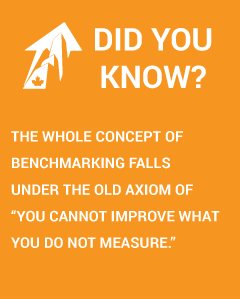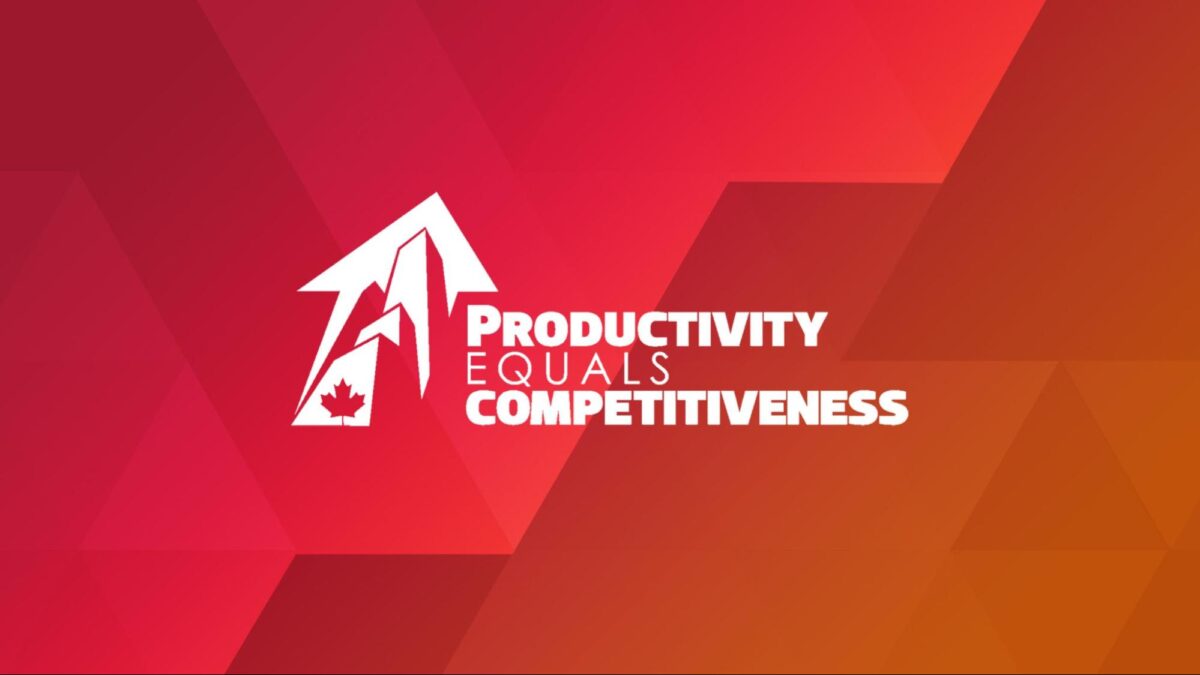

Quality practice:
Project performance is benchmarked against a variety of internal and external metrics.
The quality improvement examples of Toyota and Xerox are well-known successes.
At the core of each of these successes were the basic principles of benchmarking, as a comparison of internal metrics of success or as measured against competitors.
For example, in the United Kingdom, the construction industry has had some success in establishing regional benchmarking clubs though the Constructing Excellence program. These clubs are organized regionally, much like our construction industry associations, where organizations can see how they compare against their competitors and their practices, and training events are organized around common areas that need improvement, such as materials management practices.
Another excellent benchmarking initiative has been established through the Construction Financial Management Association (CFMA). The CFMA Construction Financial Benchmarker collects and reports on common financial ratios to help firms measure their current financial health and compare against trends in different sectors. For example, what is the reported return on assets this year for roadbuilders, or what is the average backlog of work in the commercial building sector?
References:
Next installment: Innovation is the application of good ideas from a variety of sources
Previous installment: Innovation happens on purpose

ABOUT THE PERFORMANCE BENCHMARKING TOOL
The free Performance Benchmarking Self-Assessment Tool is designed to assist construction and maintenance employers in measuring their organization in relation to a specific set of recognized best practices. In addition, you will be able to compare your organization’s efforts against other construction and maintenance employers. From the results of the self-assessment tool you will also be able to identify areas for continuous improvement.
The self-assessment tool is designed to be completed either individually by a member of your management team or in a collaborative setting. Consider bringing your leaders/managers together to work through the tool and take time to discuss the perspectives of each group member.
This initiative is supported by the National Research Council of Canada Industrial Research Assistance Program (NRC IRAP).

Productivity
